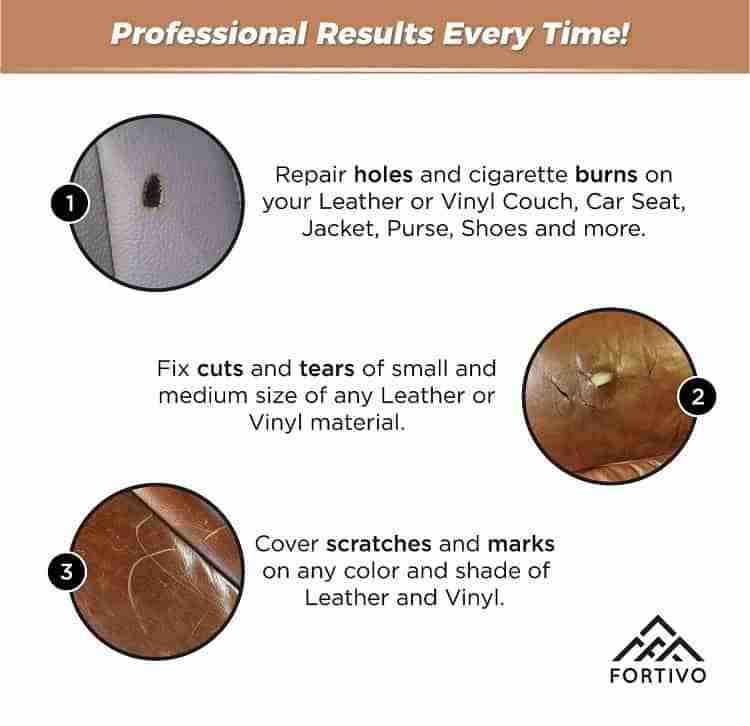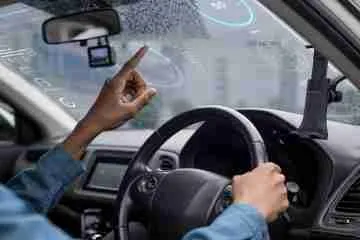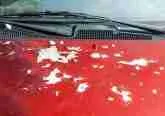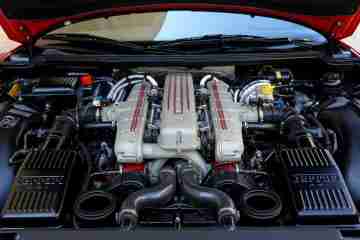How to Fix Scratches on a Plastic Dashboard

How to Fix Scratches on a Plastic Dashboard
Anyone who has ever owned a vehicle with a plastic dashboard knows how easy it is to scratch. If this has happened to you, you might be in luck. Below are three different ways you might be able to fix scratches in your plastic dashboard without having to replace the entire piece.
Prevention is Your Best Bet
Whether your car is brand new or just new to you – everyone wants to be proud of their vehicle. Keeping the exterior clean is often the top priority, but having a nice interior is equally as important. Prevention can help to greatly reduce the potential for scratches. Applying a coat of protectant, like Prima Nero or Aerospace 303, is highly recommended. Taking a few moments to protect your plastic dashboard can save you time, money and stress later.
A Word of Caution
Before we get into the various fixes, we want to first point out the obvious. Use caution when attempting your own vehicle repairs. From big fixes, like engine replacements, to small things, like plastic scratch repairs – if you are not an expert, do not just start ripping your vehicle apart.
We advise you to do a “patch test” with any of the methods below before working on your plastic dashboard. The kick panels on your doors make for good test canvases. Often scratched due to entering and exiting your car, these plastic panels are below eye level and are typically concealed. Because they are made from the same material as your plastic dashboard, they are the most ideal place to test your repair method.
Furthermore, before you attempt any repairs, it is vital that you thoroughly clean the area you will be working on. Any dirt particles, oils, and other debris left in and around the scratch can contaminate your results. From making the color of your dashboard appear off to causing fillers to be unable to adhere correctly – dirt will damage your results. Make sure you clean to prevent future issues. (In fact, even if your dashboard appears clean, go ahead and give it a once over before proceeding with your repair. Not all dirt is immediately visible and it never hurts to be thorough.)
The Sharpie Trick: Surface Scratch Recoloring
The Sharpie trick is best used for surface scratches only. All you need for this method is a fine tip, black Sharpie marker. (It should go without saying that this is also typically only used on black plastic dashboards. While Sharpies do come in many different colors, most will not marry up to your car’s interior.)
Using a Sharpie on your dashboard to help recolor a scratch requires a bit of patience and art skills. You should never simply color over the scratch as it will stand out even on a black surface. Instead, lightly dot over the surface of the scratch. You will need smudge the ink as you work to evenly blend it into your dashboard. (Which brings up another good point. Always wash your hands before attempting to repair a scratch. Like dirt on your dashboard, grime on your hands can contaminate your results by subtly staining or chemically disrupting the intended final product. In addition to this, make sure you do not put your smudging fingers on other surfaces in your vehicle. If the ink has not yet dried, you may accidently transfer it to other locations and permanently stain them as well.)
Most people who try this method are not satisfied with the results. However, a small percentage are. If you have simple surface scratches on a black plastic dashboard, trying the Sharpie method may be a valid first attempt at a fix. (Some have also recommended the use of shoe polish instead of a Sharpie. Both will likely need to be redone overtime, however, the shoe polish will likely fade before a Sharpie will. On the other hand, if you make a mistake – shoe polish is easier to remove.)
The Heat ‘n Rub: Surface to Moderate Scratch Repair
The “heat ‘n rub” is a popular choice for surface to moderately deep scratches. (Some have even used it for deep gouges, but let’s not get too crazy here. At worst, the “heat ‘n rub” will greatly reduce a deep gouge, but a filler is a much smarter choice if a full restoration is desired.) For this method, all you need is a hair dryer or heat gun.
Most plastic dashboards have a textured surface that mimics leather. It is absolutely vital that you do not put your heat source too close to the surface you are working on. Prolonged exposure to high heat can cause more damage than good and melt your plastic. The goal here is not to outright melt your dashboard, but to make the scratched area slightly more pliable. (Again, we urge you to practice on a kick panel. These areas can be hidden; however, your dashboard cannot!)
For this method, you will need to work in small sections at a time. Using your heat source, warm the scratched area. (The surface should become warm, to the touch and slightly pliable.) While the area is warm, use your fingers to gently, but firmly, rub out the scratch. Continue to heat and rub out sections of the scratches until your dashboard has been restored.
Products Worth Trying: Deep Scratch Fillers
There are several products on the market that are intended for scratch removal. Meguiar’s Back-To-Black, Meguiar’s PlastX and other similar products can be purchased from your local WalMart, auto store, Amazon, and more.
While every product will contain specific instructions, the first step is always to clean the surface. You will also likely need to remove any protruding ridges around the scratch. After all, a deep gouge displaces the plastic, often resulting in slight peaks around the divot. To do this, use a small piece of sandpaper to lightly buff over the ridge area. (Some professionals recommend lightly shaving these ridges down, but that takes a steady hand and experience. Most novices will opt for sandpaper, which works just as well without the potential to accidently slice even deeper into the plastic.)
Once cleaned and prepped, your filler product will provide specific instructions related to application, drying, and finishing.













No Comment